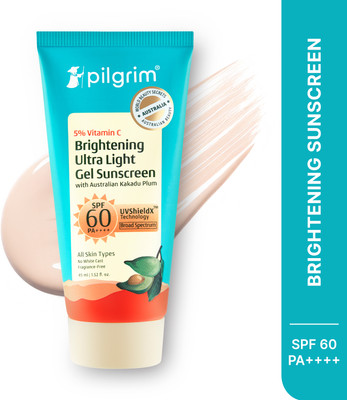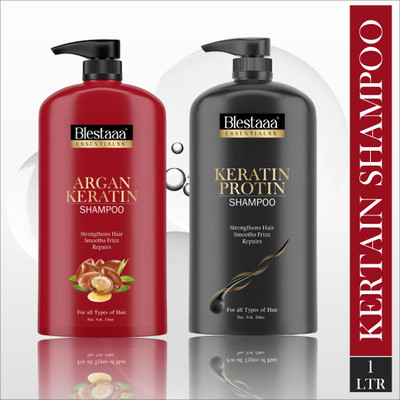
botanic garden Combo of Chamomile,Neroli,Lavender Essential Oil for Chapped Lips-10ml each (30 ml)
Share
botanic garden Combo of Chamomile,Neroli,Lavender Essential Oil for Chapped Lips-10ml each (30 ml)
Be the first to Review this product
₹1,309
₹1,520
13% off
@4363.333/100ml
Hurry, Only 2 left!
Available offers
T&C
T&C
T&C
T&C
Delivery
Check
Enter pincode
Delivery by15 Oct, Wednesday
?
if ordered before 4:59 AM
View Details
Quantity
- 30 ml30 ml
Please select a Quantity to proceed
Highlights
- For Men & Women
- For Body
- For All Skin Types
- Quantity 30 ml
Services
- Cash on Delivery available?
Seller
Description
Lavender
Lavandula angustifolia
Product Description
• Origin : Bulgaria, France
Note : Top to middle Note
Part used : Flower
Extraction : Steam Distillation
Aroma : Floral sweet smooth aroma
• The word lavender is derived from the Latin word lavera, “to wash”
because the Romans used flowers in their baths. The ancient Greeks,
Persians and Romans burnt lavender in rooms where people were sick.
Today lavender is grown in many countries, each version having somewhat
different properties. The plant is harvested in mid-summer, left to dry for a
couple of days to maximize the aroma, and then distilled.
• Therapeutic uses and properties
• Skin - Itching, Wounds, Infections, Cuts, Rashes.
• Eczema, Psoriasis Sunburn, Burns, Acne, Pimples, Insect Bites.
• Stress related Conditions - Insomnia, Anxiety, Panic, Headache.
Neroli
Citrus aurantium
Product Description
• Origin : Egypt
Note : Top Note
Part used : Flower
Extraction : Steam Distillation
Aroma : Very powerful yet light
and uplifting floral aroma
• The name Neroli was given to the fragrance of orange blossom after it
was made fashionable in the 17th century by the princess of Nerola in Italy.
Neroli blossom was traditionally used by dried to decorate their hair, as it
was associated with purity and marital fidelity. The essential oil from leaves,
twigs and small unripe fruits is called Petitgrain.
• Therapeutic uses and properties
• Skin - Scar Tissue, Acne, Stretch Marks and Skin Regeneration.
• Stress-related Conditions - Insomnia, Nervousness, Depression, Tension
Emotional Exhaustion.
Chamomile German/Blue
Matricaria Recutita
Product Description
• Origin : Egypt
Note : Middle note
Part used : Flowers
Extraction : Steam distillation
Aroma : Fruity herbal Aroma
• Chamomile herb is dried before distillation and the blue colour is due
to Chamazulene being produced during the distillation process. The name
Matricaria comes from the Latin word "matrix" meaning "womb" because
of the plant's widespread use by women for gynaecological conditions and
during childbirth. Chamomile German has feathery leaves and blue daisylike
flowers with yellow centres.
• Therapeutic uses and properties
• Skin conditions - sunburn, wounds, rashes, psoriasis, eczema, Acne,
spots, chilblains.
• Pain relief - arthritis, neuralgia, menstrual cramps and abdominal cramps.
Read More
Specifications
In The Box
| Sales Package |
|
| Pack of |
|
General
| Brand |
|
| Model Name |
|
| Quantity |
|
| Ideal For |
|
| Organic |
|
| Fragrance |
|
| Professional Care |
|
| Application Area |
|
| Skin Type |
|
| Maximum Shelf Life |
|
| Container Type |
|
| Manufacturing Process |
|
| Country of Origin |
|
| Net Quantity |
|
Be the first one to rate
Be the first to ask about this product
Safe and Secure Payments.Easy returns.100% Authentic products.
Back to top











